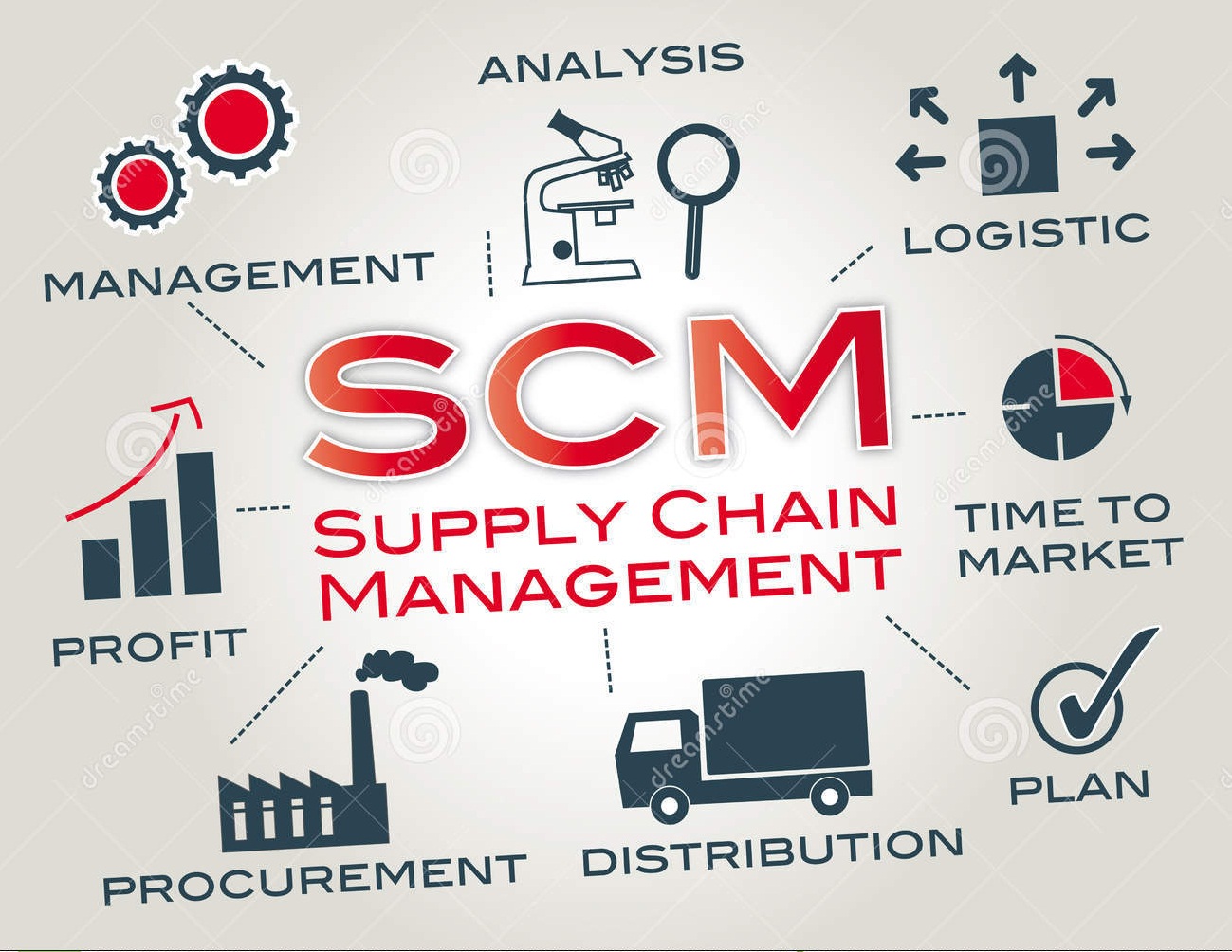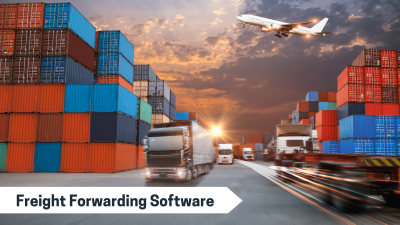We previously looked back at Logistics in the 2016 year and saw a lot of big moves were made, but what about 2017? In order to make it easier to predict what’s to come in 2017 let’s focus on one aspect at a time. For the sake of this article we wanted to focus on Supply Chain Management.
The following key trends will make a huge difference in Supply Chain Management in 2017.
So without further ado, let’s dive in.
1. Business Globalization
The global market means diversified businesses with different levels of growth and losses that are directly linked to Supply Chain Management. As the globalization of the industry is changing each year, ‘traditional’ supply and demand is also changing. Industry Week predicts that by 2025, India, Brazil and Russia will become the global sources of supply and demand for global companies. This means companies should implement better expansion strategies for supply chain management success.
2. Product Life Cycle
Companies usually develop innovative products and their supply chain management follows the ‘faster-to-market the product’ principle. The suppliers, distributors and solution providers then work in collaboration for a quick-product life cycle. However, the constant shortening of the product-life cycle will impact the supply chain aspects of: inventory management, logistics and shipping.
In order to get the product to the end-user quickly and also avoid issues and costs, logistics should implement correct transport regulations and market developments.
3. Technology
The use of robotics, Internet of Things (IoT), autonomous vehicles, Cloud Computing and Big Data are all helping the industry positively. With such technology a company’s goals of data streamlining, visibility and automation of tasks in real-time is possible. However, collecting and analyzing big data has become a priority in supply chain management and will continue to be. Big data can help gain information about purchases, news, market trends and help link processes through IoT.
This analytical data collected is shared among al aspects of supply chain management. Therefore, spanning the wings of transportation, procurement and production planning and warehousing. As well as marketing, sales and customer service. As cyber-attacks have become the order of the day, companies should protect their data and also teach their employees the best cyber security practices.
4. Digitalization
This coming year companies should also implement digital methods into their supply chain management to save time and money. Logistics providers especially, should implement the best software integration into their operations. Digitalization can enhance supply chain visibility, operational productivity and reduce disruption.
We mentioned how big IoT is and will be. Thanks to GPS fleet routing and tracking is much simpler. Cloud networks are a great source for external data. Many others have already improved Supply Chains for inbound strategic materials. But, this year the digital economy will grow also thanks to IoT. We already know General Motors is using this solution and ClearMetal is using big data and advanced analytics to increase ocean carrier profitability among other things.
5. The E-Commerce Impact
E-commerce has had its ups and downs in the past few years. Especially, in 2013, when an estimated 2 million shipping orders were delivered late. So in 2017 there will be lots of big investments and good planning to improve the e-shopping experience. Amazon has announced that it will open brick and mortar stores. Third Party Logistics like DHL is investing in drones and Mercedes Benz is also investing in delivery vans. It’s looking out to definitely be a huge year for e-Commerce.
6. Integration
Integrated companies are excelling by 20% more than non-integrated companies. With the use of open source software and third party tools in the market, employees working in different departments and companies are able to access data faster and securely among themselves. Integration is a key trend also because of the fact that some of the larger companies are opting for integration technology and methods for viable results and practices. It’s a must-have in 2017.
7. Cloud Management
Many supply chain management organizations are also opting for cloud technology this year. The reason being that as cost and time-line implementations decrease, more pre-built system integrations will become available.
8. EDI transactions in Supply Chain
More than 90% of Supply Chain companies are using EDI transactions to share freight data among their network partners. In 2017, it is expected that more and more EDI data will be used by existing and the up and coming Supply Chain Organizations. EDI data is a powerful tool to help businesses grow and sustain meaningfully.
9. Sustainability and Cost Effectiveness
Additionally, companies should adopt better sustainable strategies considering the changes being made in transportation regulations and customer expectations. 3PLs are responding to the need for sustainability by assisting companies in incorporating green initiatives into their everyday processes.
But what’s also important to note for 2017 is the additional cost-effectiveness that comes with green initiatives. With those savings supply chains shouldn’t work alone on setting a purchase price or discounts since optimization can be achieved by other wings like Logistics, Inventory and Transportation.
10. Investment in infrastructure
The President, Mr. Donald Trump, has pledged to invest $1 Trillion in Infrastructure over the next decade. That means great growth for everyone, hopefully. However, since American trade with China and Mexico has gone down. The trade between Britain and Europe is actually expected to grow.
11. Labor Shortage
As there continues to be a labor shortage in the Supply Chain area, many companies are looking to implement automation into their businesses. Even if labor shortage doesn’t affect you directly, it could be a possible way to lower even more costs. Automation like driverless vehicles will reduce the need to hire drivers.
Although this isn’t yet in the books for 2017 many companies will see investments in automation. Automation and robotics in the warehouse industry is known to reduce the manual work force and already about 15% of warehouse executives showed interest in using of robots in the next three years. Google, Amazon and Apple are also already showing interest in investing so what’s to come in this aspect could be ideal.
Certainly, all of these trends alone won’t make big waves in 2017, but together they could possibly change the industry for the better. Only time can tell so stay tuned with us as soon we unveil Global Shipping Trends of 2017 and the BoxOn Logistics improvements.
If you’d like to know more about the new BoxOn Logistics Software version then Contact Us Today! You can even sign up for a FREE DEMO of our software, here.






COMMENTS